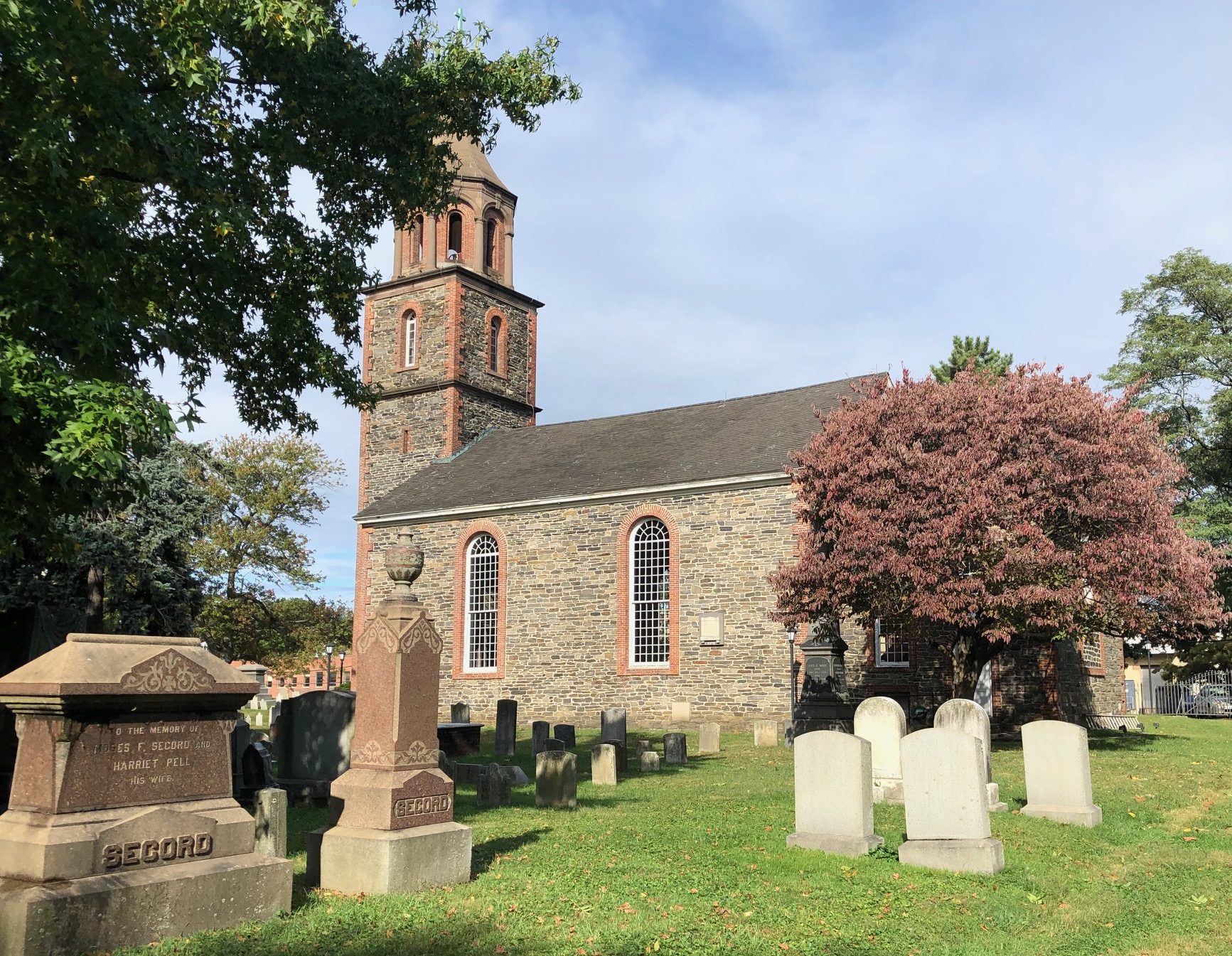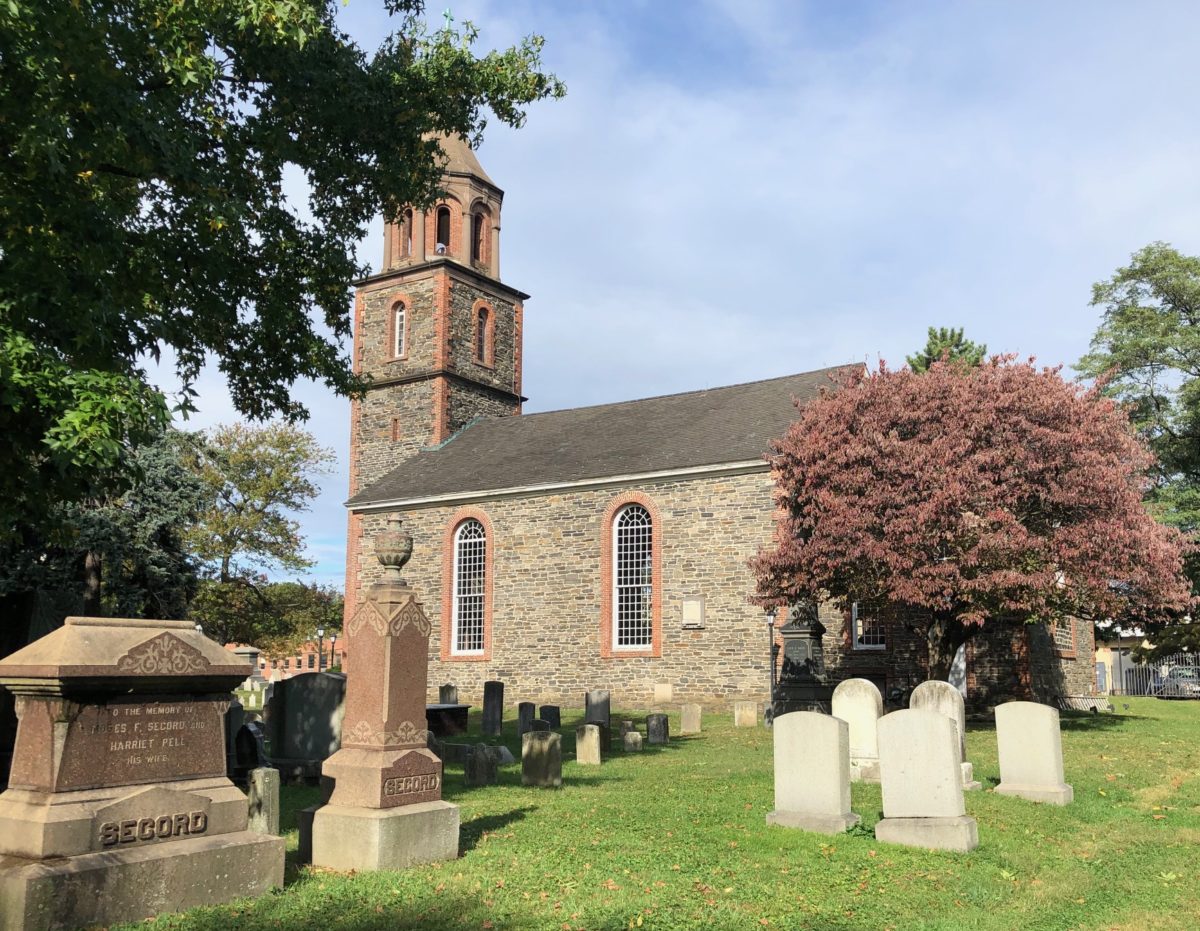St. Paul’s Church NHS: Crossroads of History
St. Paul’s Church National Historic Site in New York captures America’s history; founded by Puritans in search of religious freedom, the site of a historic battle for freedom of the press; and a location caught in the throes of the Revolutionary war. Exhibits at the visitor center and the movie take you on this journey through time.
About St. Paul’s Church
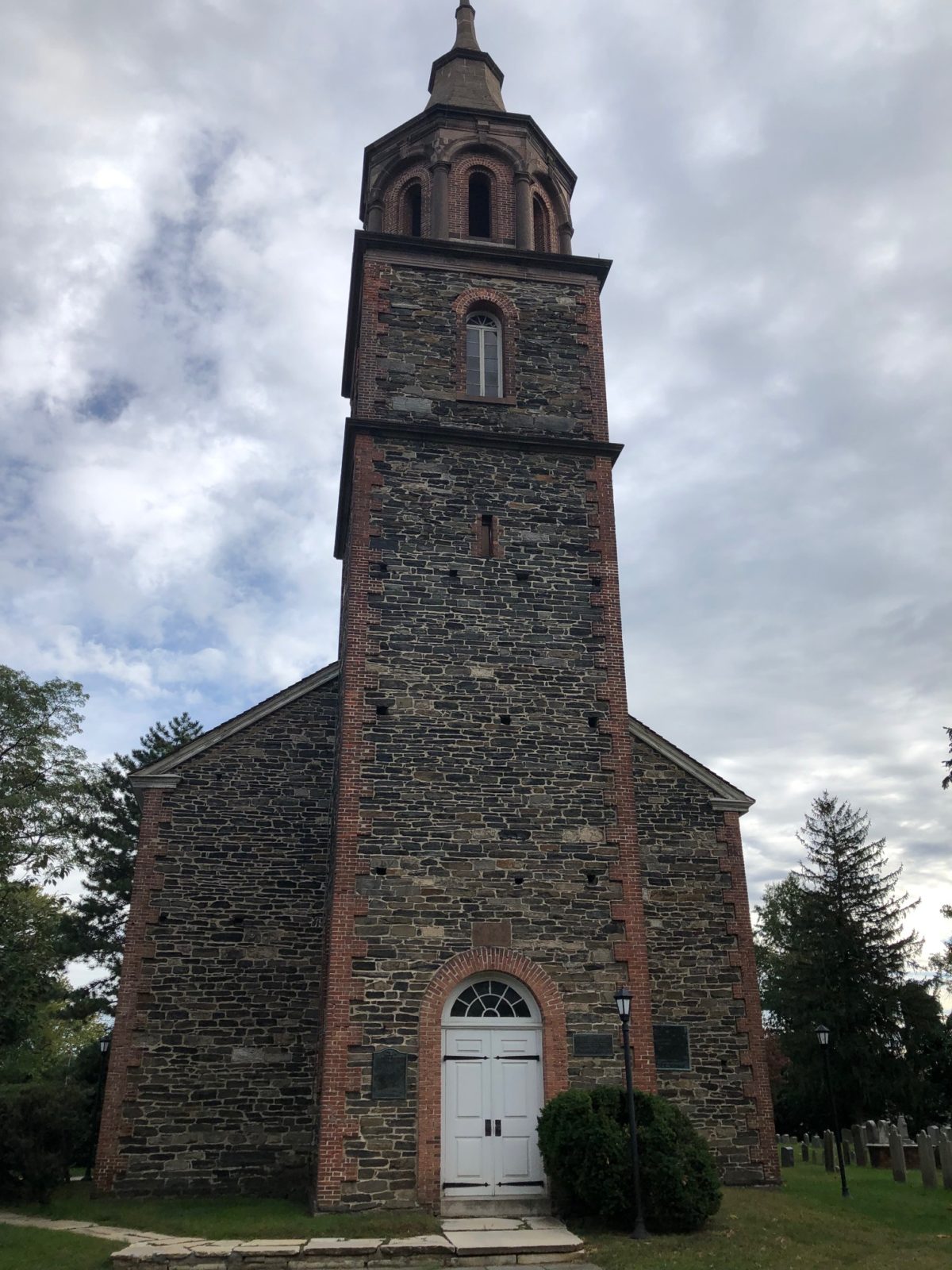
The location where St. Paul’s Church stands today was originally in the town of Eastchester, founded in 1665 by English families opposed to the Church of England. Although building of the current church did not begin until 1763, the adjoining church yard has gravestones dating from as early as 1704.
Originally a Quaker assembly, in 1795 the church was converted to Episcopal; redecorated to include stained glass and switched around to reflect a different approach to worship.
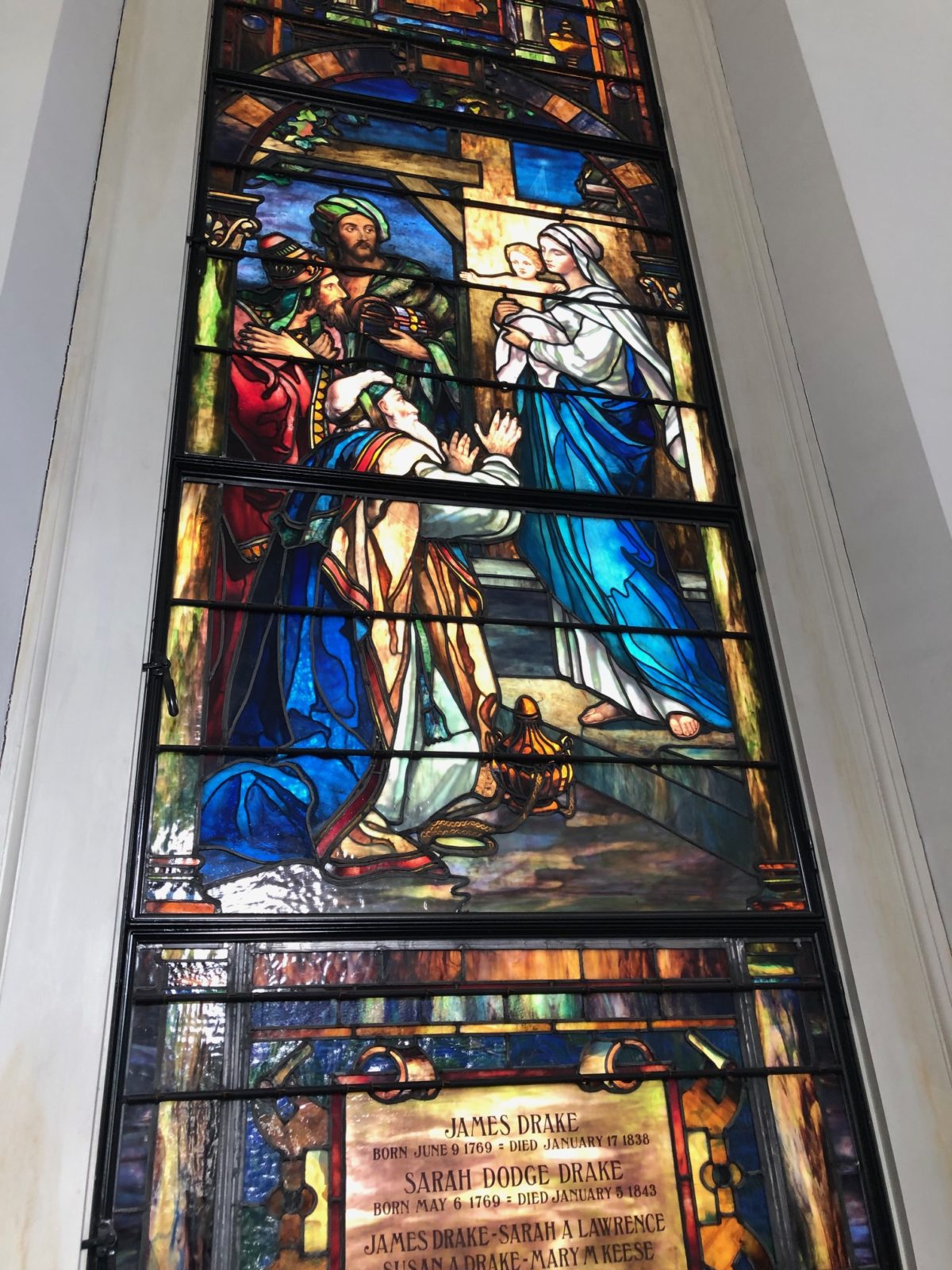
It was not until 1942 that the church was restored to the way it would have looked in the mid 18th century; using funds raised by a committee chaired by Sara Delano Roosevelt, the mother of F.D.R.
Declared a National Historic Site in 1943, the church continued to host Sunday services until 1977. It opened to the public in 1984; now including a visitor center, the church and five acre cemetery.
Touring St. Paul’s Church
We would highly recommend taking a guided tour. There is no charge and the lovely lady who showed us around was incredibly knowledgable.
Inside the church she showed us the family boxes and the warmers they used – small boxes they would fill with smoldering coals. She also pointed out the bell, made by the same foundry that made the Liberty Bell and hidden during the Revolutionary War so it wouldn’t be melted down.
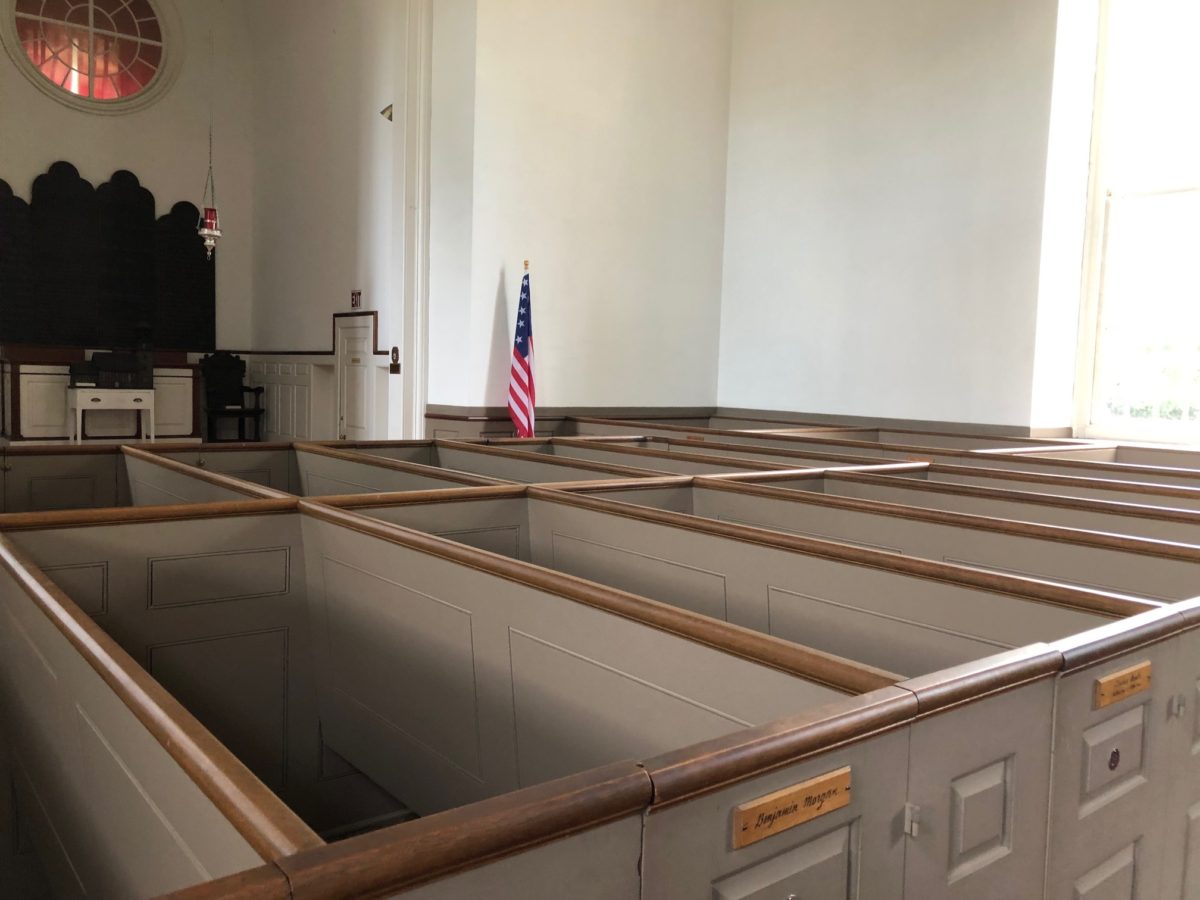
There is also an exhibit inside the church depicting when it was used as a hospital during the Revolutionary war. Our guide made it interesting by picking up the various instruments and talking about how they were used. It is hard to imagine the noise and filth of that surgery – no antibiotics or pain medicine – just a strip of leather to put between your teeth.
Touring the Cemetery
There is a self-guided tour of the cemetery, but once again the guide really made it interesting. She pointed out the imagery on the stones and showed how it changed over time. Earlier stones had no designs, later ones had images showing eternal life or death’s heads.
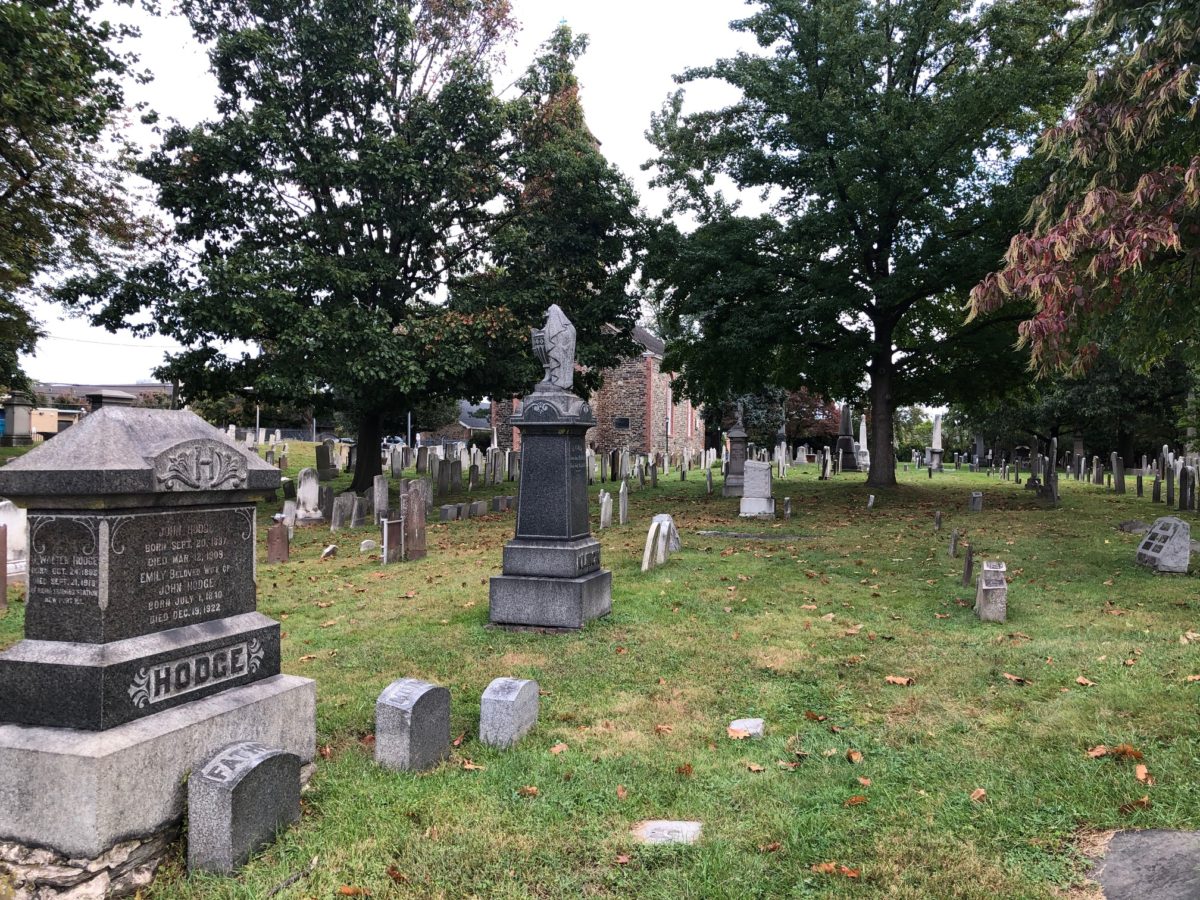
Some were simple field stones, probably engraved by the local blacksmith based on the spelling and the way words wrapped from one line to the next. Others were sandstone or marble; and some plots had ornate family tombs.
The earliest gravestones didn’t even have the full name – just initials. In a tiny community, that was enough to identify the person. The guide pointed this out as well as lots of other things – family stones where the family name was spelled differently on each stone; a stone marking the mass grave of Hessian soldiers from the Revolutionary war; and the burial site of slaves. We didn’t realize it, but there were more slaves in New York City than any other city in the north east.
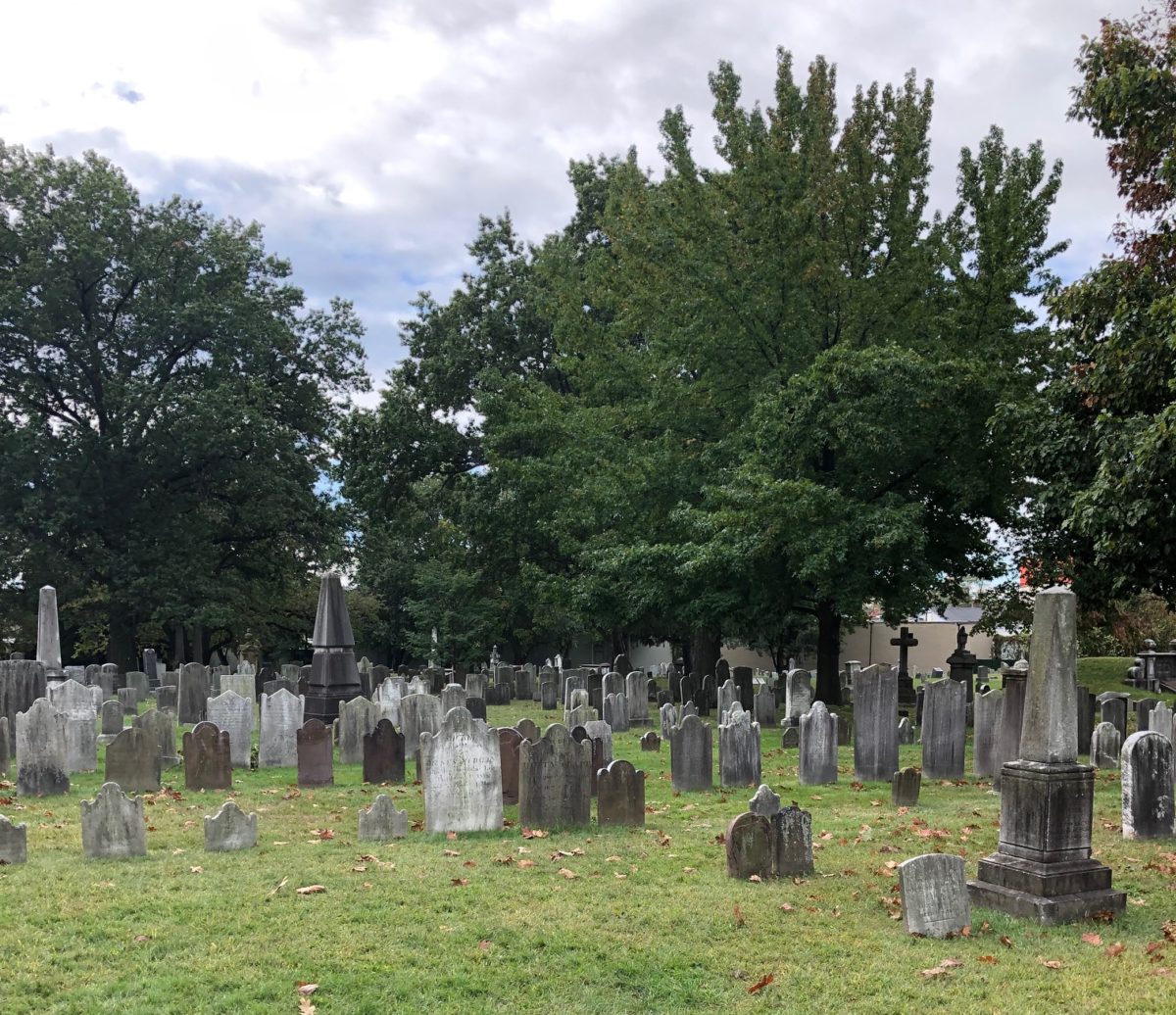
It was also interesting to see stones marking out the boundaries of family plots. At one time, there had been posts and chains, but these were removed during World War II to support the war effort. All of these details were things that the guide shared.
Getting to St. Paul’s Church
Not to be mistaken with St. Paul’s Chapel at Trinity Church in lower Manhattan, this St. Paul’s Church is in the Bronx. We took the subway from Manhattan and it was a 1 hour ride, plus another mile walk through an industrial area. Safe, but certainly not an easy trek. You really have to want to go there, but for anyone interested in visiting National Park Units and hearing more about our nation’s history, it is a must see when you are in New York City.
#FindYourPark
#SeeAmericaFirst
Need Help Planning Your Visits?
If you would like to explore this or other National Park Units, but need a bit help in the planning, please give us a call at (480) 609-3978. We are happy to offer customized trip planning.
